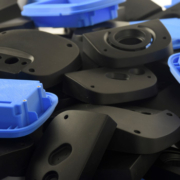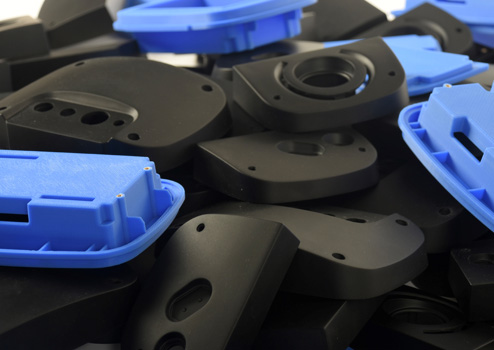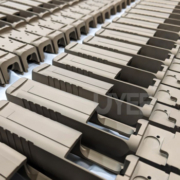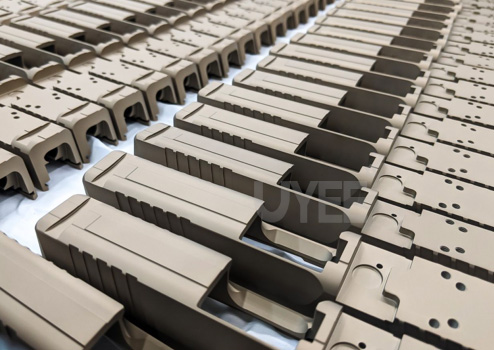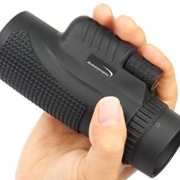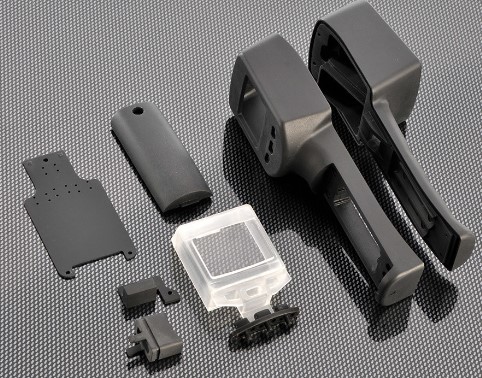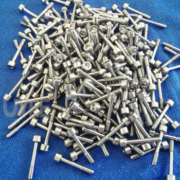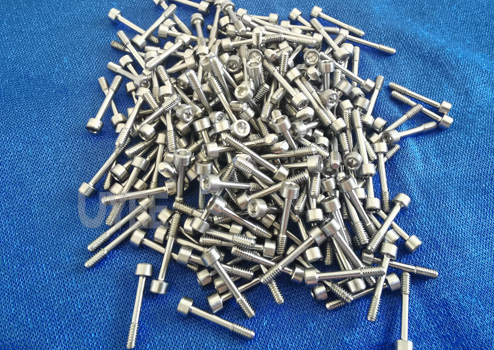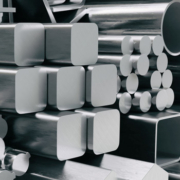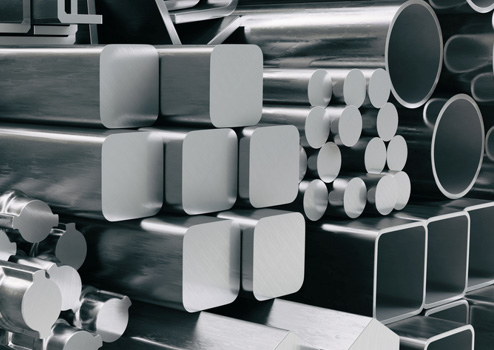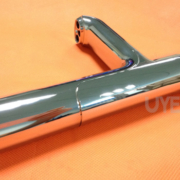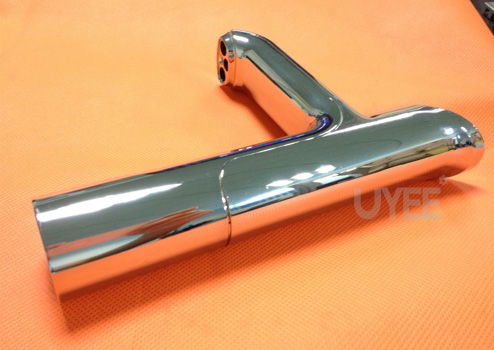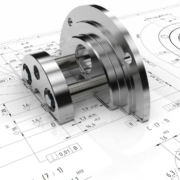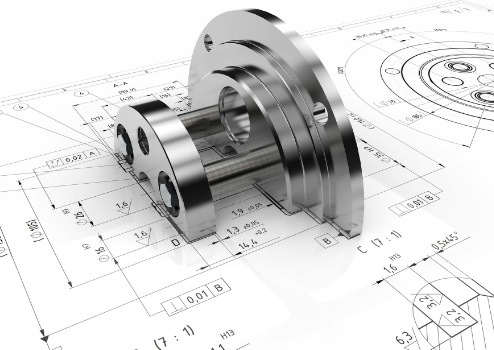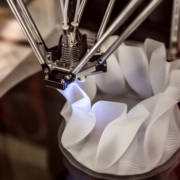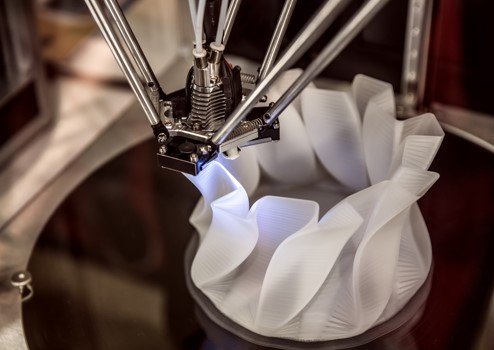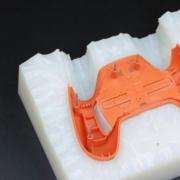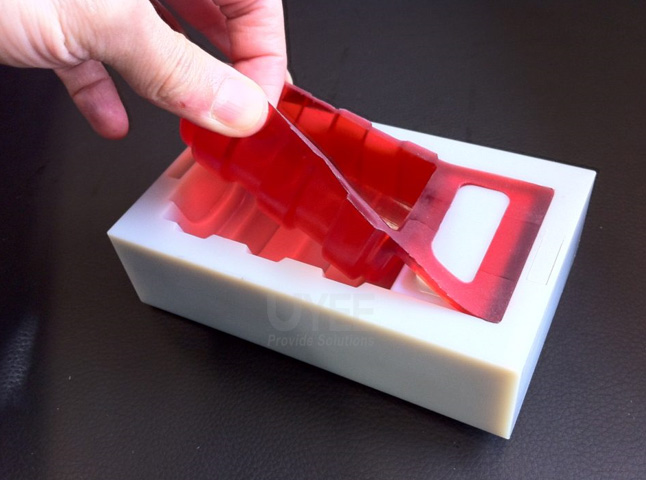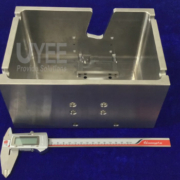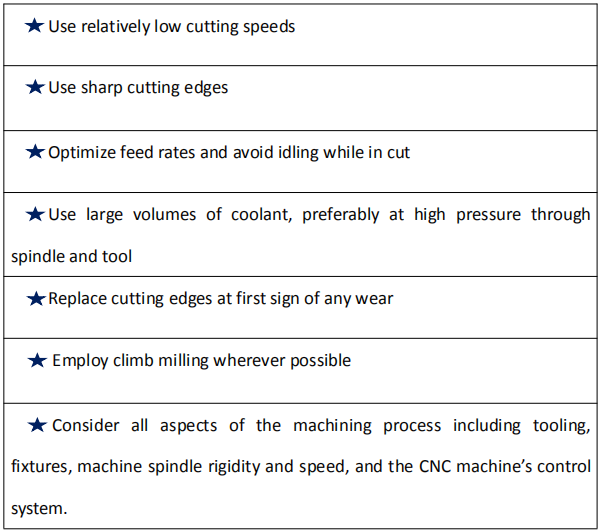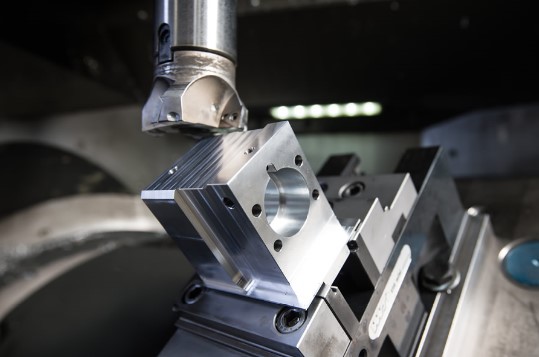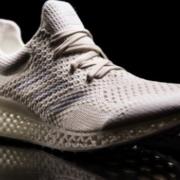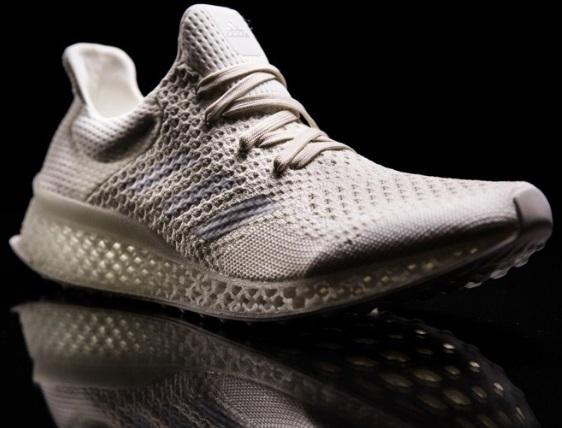The development trend of Prototyping and Low Volume Production for Medical Applications
Although this is one reason why medical prototyping is required, it is not the only one. Regarding medical devices and applications, prototyping results in producing functioning samples for testing and analysis; these samples may be used to progress a product through regulatory gates, also known as approval phases. After the prototyping stage, moving on to low-volume production gives designers a chance to improve the product’s design and manufacturing process. Designers may put what they’ve learned into practice and make adjustments, including enhancements to the product’s ability to be manufactured.
The tooling that is utilized may be rather expensive, particularly in cases where the cost of the injection mold is only distributed among a limited number of the components that are created with it. Instead of traditional methods, medical designers may employ 3D printing for prototyping and low-volume manufacturing; this approach is subject to many significant restrictions. In addition, there are methods for using plastic injection molding that allow for the production of medical prototypes in smaller numbers and at a cheaper cost.
3D printing and injection molding are two methods for developing medical prototypes.
Both medical injection molding and 3D printing are viable options for the industry’s future. In other words, there is a place for both if you understand when to utilize them and which sorts of prototypes each is most suited for. For example, alpha prototypes are non-functional models. Frequently, medical device makers may 3D print them to visualize the product’s dimensions before investing in or waiting for the necessary tooling. Developing a design might also include printing beta prototypes using a 3D printer; however, these prototypes do not reflect the finished product in any way.
Produced according to technical standards, pilot prototypes can be used in clinical studies and soft product launches. Because they are made out of the same material as the final product, they mark a crucial step in the progression of the development process. Even though 3D printers and injection molding machines employ the same polymers, the end-use qualities of the plastics produced by 3D printers and injection molding machines are not the same. When trying to get regulatory clearance for a medical device, utilizing anything other than the material intended for end use is a waste of time and won’t get your product beyond the pearly gates.
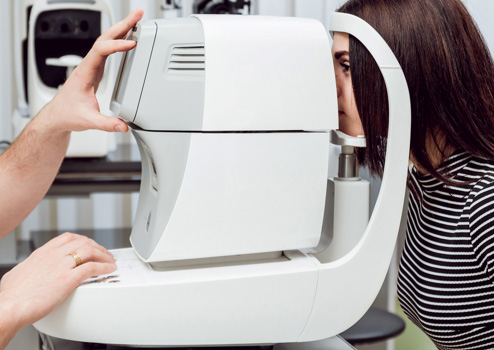
Injection-molded medical prototypes provide several benefits.
Using injection-molded medical prototypes will allow you to do more than go through extra regulatory hoops. You can still change your product’s design, calibrate its dimensions and tolerances, and find solutions to any design for manufacturing (DFM) difficulties that arise before high-volume production starts. Since you’re already using medical injection molding, you’ll be ready to scale up production rather than having to switch to a different technique.
However, making sure you choose the correct partner is quite crucial. For instance, an injection molder who uses software for mold simulation and analysis can create better-quality components while simultaneously optimizing cycle times and doing fewer tooling trials. An experienced injection molder can reduce the number of defective parts by modeling the fill and packing phases, optimizing gate positions and sizes, and enhancing certain process conditions. Sink marks, flash, and warping will no longer be issues for you once high-volume manufacturing has begun since you will have been prepared for them.
Tooling for Medical Prototyping and Low-Volume Production
The price of an injection mold may range anywhere from a few thousand to tens of thousands of dollars. Nevertheless, we can economically manufacture tooling, which may be made of either aluminum or steel. These components can also be utilized together. Using this strategy, the only things that you will be charged for are the mold cavity and the core details.
Regarding medical prototyping and low-volume manufacturing, family molds provide another method for controlling tooling costs. You may cut down on your overall tooling expenses by using family molds with more than one cavity. This allows you to create various distinct designs using the same mold. Nevertheless, a family mold may also have holes for several iterations of the same component rather than producing distinct variants of the part. This allows the designer to evaluate the differences and similarities between several iterations of the same component throughout the prototyping phase.
Validation, verification, and variation are additional factors to take into consideration.
Prototyping and low-volume production using medical injection molding also help process validation and verification, both of which are vital for the manufacture of medical devices. Validation is performed before manufacturing begins to limit the possibility that a component will not work as intended or conform to the requirements. Your designs are analyzed by an injection molder, which also determines the parameters of the manufacturing process and oversees the monitoring of test and production data. In contrast to validation, process verification takes place after molding has been finished.
Last, medical injection molding may enable the investigation of flaws in component variations when used for prototyping and the low-volume manufacture of medical devices. Measurements of a process’s capabilities may identify variations and provide medical injection molders with assistance in forecasting the long-term performance of a process. More often known as SPC, statistical process control enables injection molders to gather and evaluate quality data through measurements and instrument readings.
Bottom Line
For prototyping and low-volume manufacturing, medical injection molding isn’t the only choice; this time-tested method may help you move through gates more quickly while enhancing designs and keeping costs under control. We can provide the plastic injection molding items you want since we have the necessary resources, expertise, and production network.


